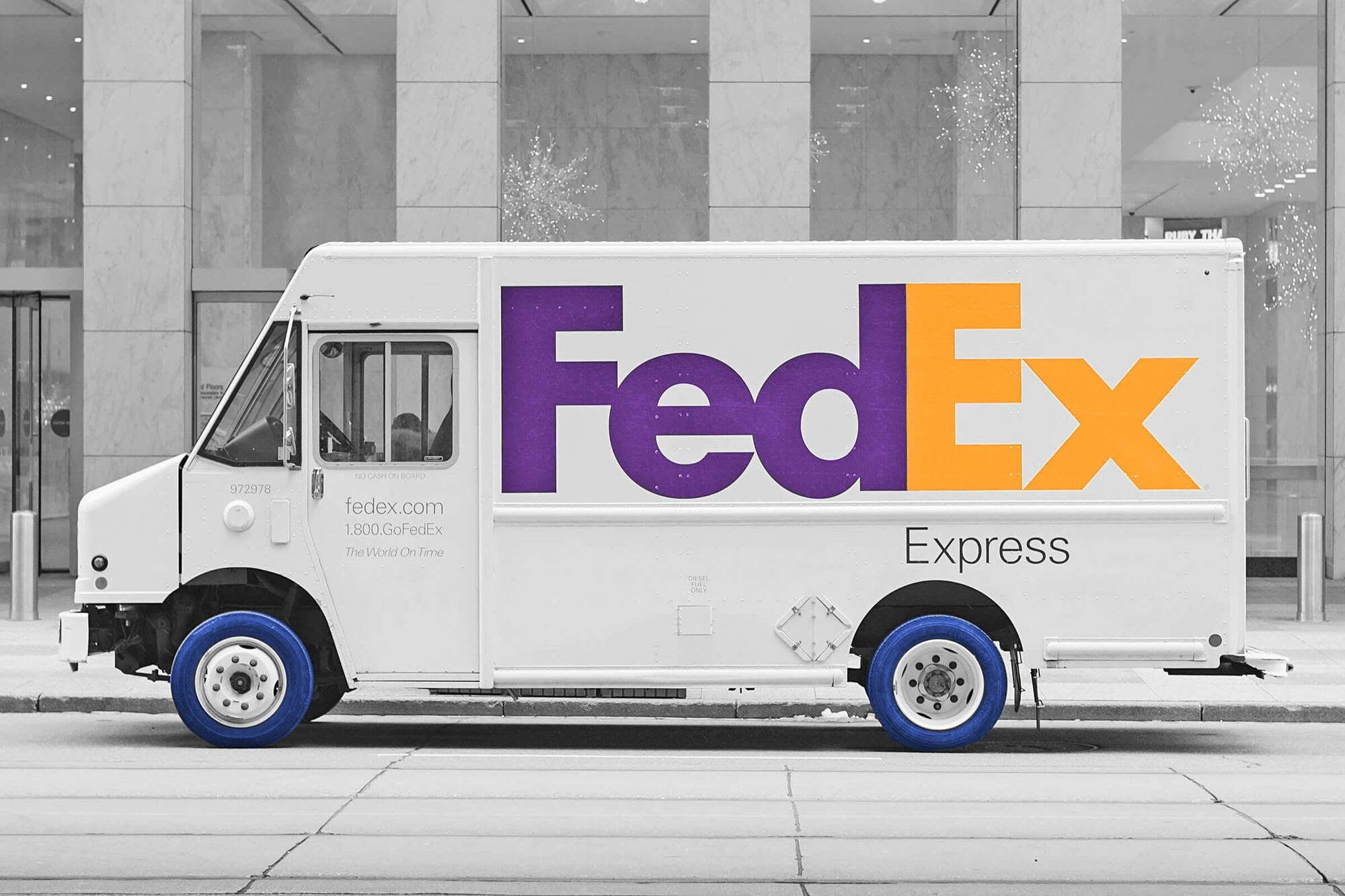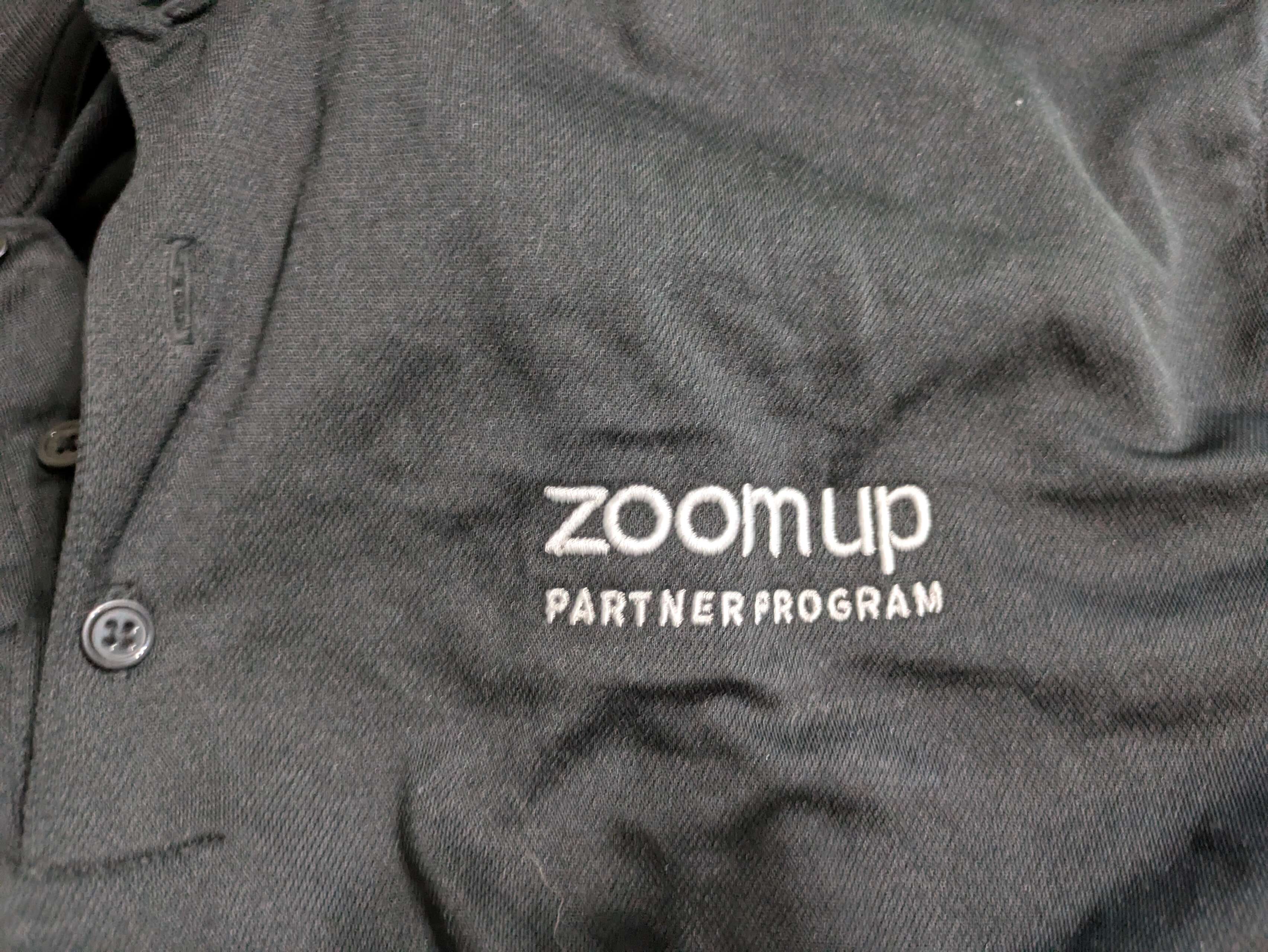
I met Fred Smith at a Yale Alumni event. FedEx should have never existed. If there was no Fred Smith, there would be no FedEx. Then I thought about Zoom. Zoom should not have existed. What if Eric Yuan never left Cisco? Just like 'what if' Fred lost that hand of blackjack? We always love to learn of the stories of the winners. Is it luck? Seems like it is more than just luck.....
The phrase "it happened because it happened" is a simplified way of saying that an event occurred without a specific, identifiable cause. It implies that the event was a result of a complex interplay of factors, making it difficult to pinpoint a single reason. Essentially, it's a way of acknowledging that some things occur without a clear, traceable cause.
While at Cisco, Eric Yuan proposed a new, smartphone-friendly video conferencing system, but the idea was rejected by management. Eric left, and the world is now www.PoweredByZoom.com. Good for us!
Founding Zoom:
Frustrated with the limitations of existing video conferencing solutions, Yuan left Cisco in 2011 to found Zoom Video Communications. He focused on creating a user-friendly platform with a focus on happiness and seamless communication. Zoom's platform launched in 2012, and the company went public in 2019.
FedEx. Zoom. What else 'happened because it was supposed to happen' - and the proof is that IT HAPPENED!
Hey, do you see the 'hidden arrow' between the E and the X in the FedEx logo?
----------------
FedEx Corporation, originally Federal Express Corporation, was founded in 1971 by Frederick W. Smith in Little Rock, Arkansas, and is now headquartered in Memphis, Tennessee. The idea for the company stemmed from a 1965 Yale term paper by Smith, proposing a hub-and-spoke model for time-sensitive deliveries using dedicated planes, though it reportedly received an average grade. Smith, a former Marine captain and Vietnam veteran, drew on his military experience to build a disciplined, innovative company focused on overnight delivery.
Key Milestones in FedEx’s History:
1971: Federal Express Corporation is incorporated, with Smith raising $91 million in venture capital, one of the largest startup fundings at the time.
1973: Operations begin on April 17 with 389 team members, delivering 189 packages overnight to 25 U.S. cities using a fleet of Dassault Falcon 20 aircraft. The hub-and-spoke system, centered in Memphis, enables efficient sorting and redistribution.
Early Challenges: By 1976, FedEx faced financial struggles, losing $29 million in its first three years. In a famous anecdote, Smith gambled the company’s last $5,000 in Las Vegas, winning $27,000 at blackjack to keep operations afloat until further funding.
1978: The “Absolutely Positively Overnight” campaign launches, becoming a cultural touchstone for reliability.
1983: FedEx reaches $1 billion in revenue, a rare feat for a startup without mergers in its first decade.
1984: Expansion into Europe and Asia begins, broadening FedEx’s global reach.
1988: Acquisition of Flying Tiger Line, a major cargo airline, makes FedEx the world’s largest full-service cargo airline.
1994: Federal Express officially shortens its name to “FedEx,” a syllabic abbreviation already popular with customers.
1997–2000: FedEx reorganizes as FDX Corporation (1997), then rebrands as FedEx Corporation (2000). The 1998 acquisition of Caliber System Inc. adds ground and logistics services, with subsidiaries like RPS (now FedEx Ground) and Roberts Express (now FedEx Custom Critical). FedEx Corporate Services is formed to centralize sales, marketing, and IT.
2000: FedEx Home Delivery is introduced for business-to-home ground shipping. Acquisition of Tower Group International and WorldTariff forms FedEx Trade Networks for global logistics.
2004: Acquisition of Kinko’s, rebranded as FedEx Kinko’s (2004) and later FedEx Office (2008), expands retail and printing services.
2005–2010: FedEx invests in sustainability, unveiling California’s largest corporate solar power system (2005) and rolling out all-electric trucks (2010).
2014–2015: E-commerce expansion with the acquisition of Bongo International (2014) for cross-border solutions and GENCO (2015), a third-party logistics provider, later rebranded as FedEx Supply Chain.
2020: FedEx delivers the first COVID-19 vaccine shipments, highlighting its critical role in global logistics.
2024: FedEx announces plans to spin off FedEx Freight as a separate publicly traded company by 2025, part of a major restructuring.
2025: Frederick W. Smith passes away on June 21, leaving a legacy as a pioneer of overnight delivery and global logistics.
Operations and Impact:
Today, FedEx employs over 530,000 people, serves 220 countries, and moves 15 million packages daily with a fleet of 700 aircraft, including Boeing 777s, and 80,000 vehicles. Its Memphis hub is a global logistics cornerstone. Key operating units include FedEx Express (overnight and international shipping), FedEx Ground (ground delivery), FedEx Freight (less-than-truckload shipping), FedEx Office (retail and printing), and FedEx Logistics (supply chain solutions). Innovations like SenseAware (2009) for real-time shipment tracking and Network 2.0 for optimized pickup and delivery reflect its focus on technology.
FedEx’s hub-and-spoke model revolutionized logistics, enabling the rapid growth of e-commerce and just-in-time delivery. Its strategic acquisitions and global expansion have positioned it as a leader in transportation and logistics, competing with rivals like UPS. The company has also made cultural impacts, from its role in the 2000 film *Cast Away* to transporting unique cargo like T. rex skeletons and King Tut artifacts.
TomCapone.com goes to my LinkedIn
TommyCapone.com goes to my Bluesky
ThomasCapone.com goes to my Sunday Blog
{ Check out TheCEOdepot.com - new! }
.jpg)